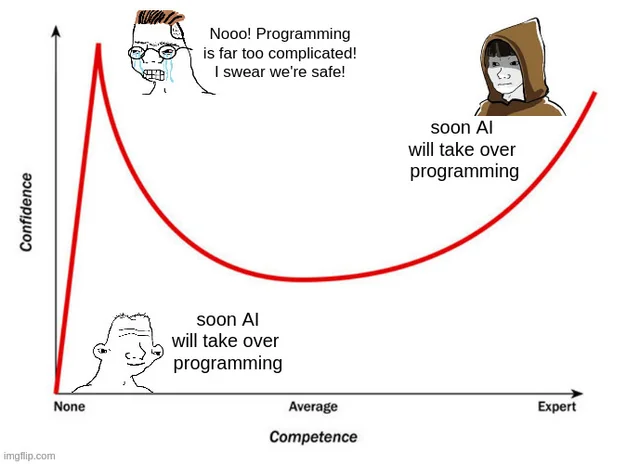POSIX History and Establishment
POSIX (Portable Operating System Interface) was established as a set of standards to facilitate interoperability between different operating systems, primarily Unix-based systems. Here’s a detailed overview of its development:
1. Early Unix (1969–1980s):
- Origins of Unix: Unix was developed in 1969 at Bell Labs by Ken Thompson, Dennis Ritchie, and others. It was designed to be a flexible, multi-user operating system, portable across different hardware platforms.
- Unix Variants: As Unix grew in popularity, various institutions and companies started creating their own Unix versions, leading to fragmentation. Examples included BSD Unix (from Berkeley), AT&T Unix, and others. These different versions of Unix had incompatible features and system calls, making software development across them difficult.
2. The Need for Standardization (1980s):
- Fragmentation Problems: As Unix became more popular, software developers faced challenges in writing programs that would work across different Unix flavors. Each version had its own proprietary extensions, making portability a significant issue.
- Industry Response: By the 1980s, it became evident that a standardization effort was required to unify the Unix systems, allowing software to be portable across different operating environments. This was critical for the growing adoption of Unix in commercial environments and enterprise computing.
3. POSIX Establishment (1988):
- IEEE Initiative: In response to the growing need for standardization, the Institute of Electrical and Electronics Engineers (IEEE) began working on a standardized operating system interface. The result was the POSIX standard, published in 1988 as IEEE 1003.
- Goal of POSIX: The primary goal of POSIX was to define a portable application programming interface (API) that software developers could use to write applications that would run on any POSIX-compliant operating system. This reduced fragmentation and improved software portability.
- Key Components:
- Standard system calls (file I/O, process control, etc.)
- Standard user commands and utilities
- Shell and script language standards
4. Unix Standardization (1990s):
- Growth of POSIX: POSIX gained acceptance as the standard for Unix-like operating systems, and vendors started ensuring their systems complied with POSIX. This included major Unix variants like Solaris, HP-UX, AIX, and BSD. POSIX compliance became a certification for Unix systems.
- Adoption Beyond Unix: POSIX became more than just a Unix standard. Other non-Unix systems, like Microsoft’s Windows NT, aimed for partial POSIX compliance. Linux, which emerged in the early 1990s, also became POSIX-compliant to ensure broader compatibility.
5. Windows and POSIX:
- Windows NT (1993): With the release of Windows NT, Microsoft introduced partial POSIX compliance. Windows NT included a POSIX subsystem, allowing it to run POSIX-compliant applications. However, the POSIX subsystem was limited and primarily designed to meet US government requirements, which mandated POSIX compliance for certain procurements.
- Windows 10 and Beyond: By the time Windows 10 and Windows 11 were released, Microsoft had moved away from its POSIX subsystem. However, tools like the Windows Subsystem for Linux (WSL) allowed users to run Linux (and POSIX-compliant) applications natively on Windows. WSL provided deep integration with the Windows kernel and file system, facilitating cross-platform development.
6. Reasons Behind POSIX Development:
- Software Portability: The primary motivation for POSIX was to enable software portability across different systems. Instead of developers having to rewrite code for each variant of Unix, POSIX provided a common interface.
- Industry Standardization: By creating a formal standard, POSIX aimed to unify the Unix ecosystem and reduce fragmentation, which would, in turn, help the growth of Unix as a commercial operating system.
- Regulatory Compliance: Certain US government contracts and international regulations required POSIX compliance for systems used in critical infrastructure, further pushing the need for POSIX adherence.
- Interoperability: With the growing use of Unix in enterprises, the need for systems that could communicate and share resources was critical. POSIX helped provide a unified environment for these operations.
7. POSIX in Modern Systems:
- Unix and Linux: Today, most modern Unix-like operating systems, including Linux, are POSIX-compliant or mostly compliant, ensuring that applications written to the POSIX standard can run across different Unix variants.
- Windows: Windows moved away from native POSIX support but instead embraced WSL to enable POSIX compatibility through Linux on Windows.
- MacOS: Apple’s MacOS, built on a Unix-based kernel, is largely POSIX-compliant, making it a popular choice for developers needing a Unix-like environment.
Summary:
- POSIX was established in the 1980s to unify the fragmented Unix ecosystem, enabling software portability and standardization.
- The key motivation was to ensure that software could run across different Unix systems without modification, improving interoperability and easing development.
- Over time, POSIX expanded beyond Unix systems to influence operating systems like Windows (via WSL) and MacOS, and it continues to be a critical standard in the world of operating systems today.






